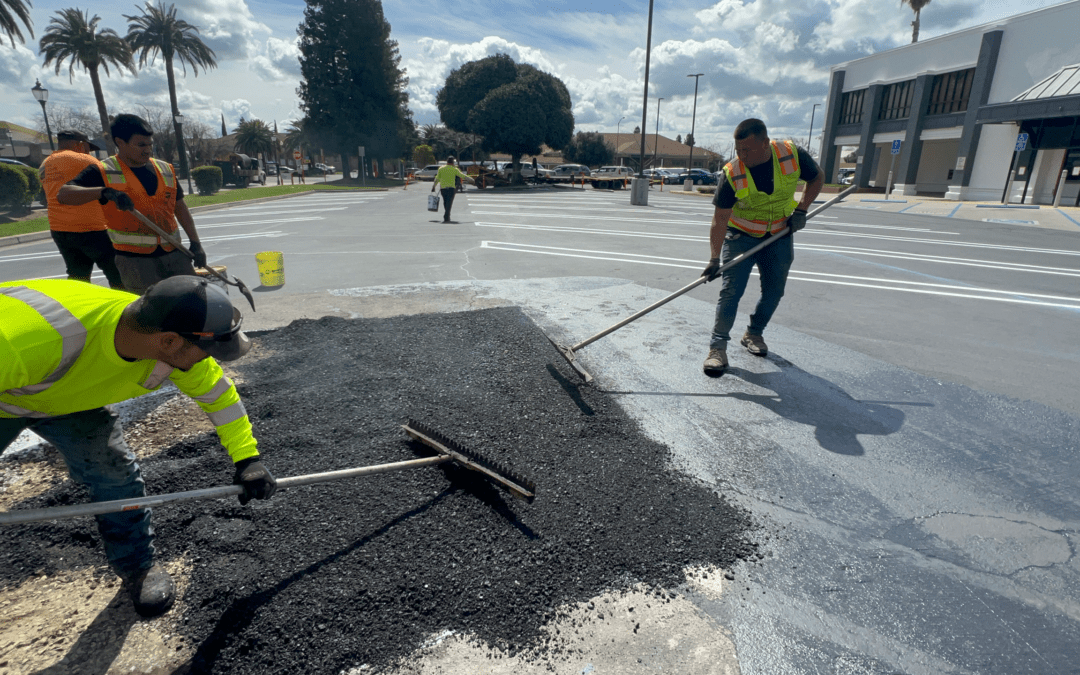Asphalt is a popular material for driveways, parking lots, and roadways due to its durability, cost-effectiveness, and ease of installation. However, like any material, it requires maintenance to ensure longevity and optimal performance. In this blog post, we will explore the challenges and best practices of asphalt maintenance to determine whether it is indeed hard to maintain.
Understanding Asphalt Maintenance
Proper maintenance is crucial to extend the life of asphalt surfaces. Without regular care, asphalt can deteriorate due to exposure to the elements, traffic, and other factors. Maintenance typically involves addressing surface damage, sealing, and cleaning. Here’s a closer look at the key aspects of maintaining asphalt:
1. Regular Inspections
Conducting regular inspections is the first step in maintaining asphalt surfaces. Identifying issues early, such as cracks, potholes, or surface wear, allows for timely repairs that prevent further deterioration. Inspections should be done at least twice a year, ideally in spring and fall.
2. Crack Sealing
Cracks are a common issue with asphalt surfaces. If left unattended, water can seep into the cracks, leading to larger problems such as potholes and base layer damage. Sealing cracks as soon as they appear helps prevent water infiltration and extends the lifespan of the asphalt.
3. Pothole Repairs
Potholes are more than just an eyesore; they can cause significant damage to vehicles and pose safety hazards. Repairing potholes promptly is essential to maintain the integrity of the asphalt surface. Cold patching and hot asphalt patching are common methods for pothole repair.
4. Sealcoating
Sealcoating is a protective layer applied to the surface of the asphalt. It helps protect against the damaging effects of UV rays, water, oil spills, and other chemicals. Sealcoating should be done every 2-3 years to maintain the surface’s appearance and structural integrity.
5. Cleaning and Debris Removal
Regular cleaning is an often overlooked aspect of asphalt maintenance. Removing debris, leaves, and other materials from the surface prevents blockages in drainage systems and reduces the risk of water damage. Power washing and sweeping are effective methods for keeping asphalt surfaces clean.
Challenges in Asphalt Maintenance
While asphalt maintenance is relatively straightforward, several challenges can make it seem difficult:
1. Weather Conditions
Extreme weather conditions, such as heavy rains, snow, and intense heat, can accelerate the deterioration of asphalt surfaces. Regular maintenance becomes even more crucial in areas with harsh climates to prevent significant damage.
2. Traffic Load
High traffic volumes and heavy vehicles can put additional stress on asphalt surfaces, leading to faster wear and tear. In such cases, more frequent inspections and maintenance are required to keep the surface in good condition.
3. Aging and Wear
Asphalt surfaces naturally age and wear over time. Even with regular maintenance, there will come a point when the asphalt needs to be resurfaced or replaced. Understanding the lifecycle of asphalt and planning for future repairs or replacement is essential.
Best Practices for Asphalt Maintenance
To ensure that asphalt surfaces remain in good condition and are easy to maintain, consider the following best practices:
1. Develop a Maintenance Schedule
Creating a maintenance schedule helps ensure that inspections, sealing, and repairs are done regularly. This proactive approach can prevent minor issues from becoming major problems.
2. Use Quality Materials
Using high-quality materials for repairs and sealcoating can enhance the durability and longevity of asphalt surfaces. Investing in good materials upfront can save money on future maintenance and repairs.
3. Hire Professional Services
While some maintenance tasks can be done by property owners, hiring professional services for major repairs and sealcoating ensures that the job is done correctly and efficiently. Professionals have the expertise and equipment needed to maintain asphalt surfaces properly.
4. Address Issues Promptly
Timely maintenance is key to preventing further damage. Addressing cracks, potholes, and other issues as soon as they appear can save money and extend the lifespan of the asphalt.
Conclusion
Maintaining asphalt is not inherently difficult, but it does require regular attention and care. By conducting regular inspections, sealing cracks, repairing potholes, sealcoating, and keeping the surface clean, property owners can ensure their asphalt surfaces remain in good condition for many years. While there are challenges, such as weather conditions and traffic loads, following best practices and addressing issues promptly can make asphalt maintenance manageable and cost-effective.

